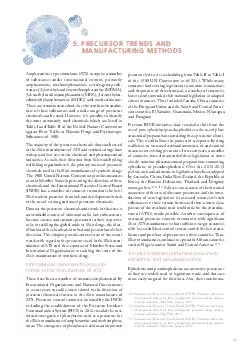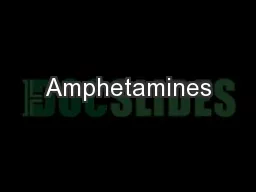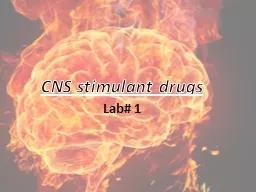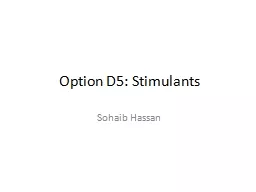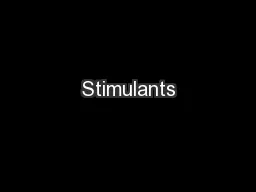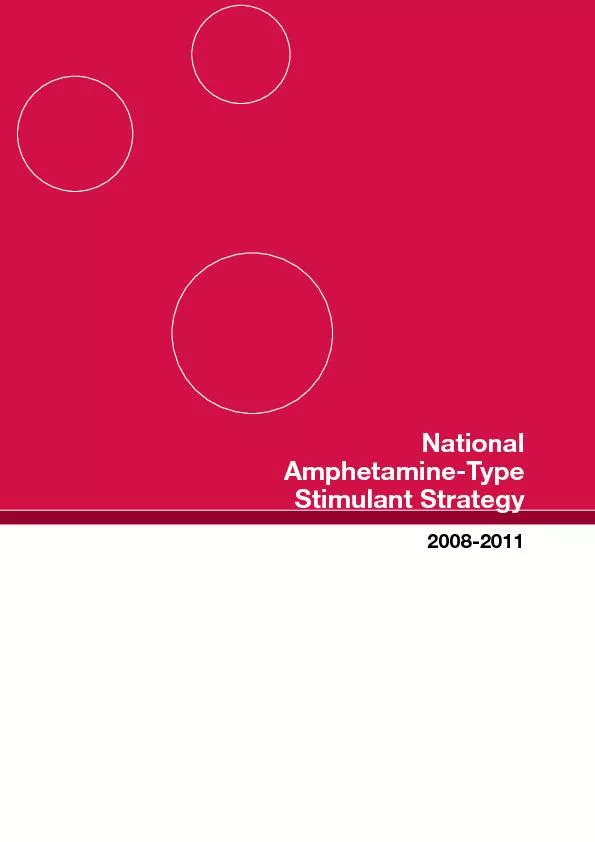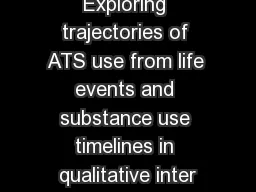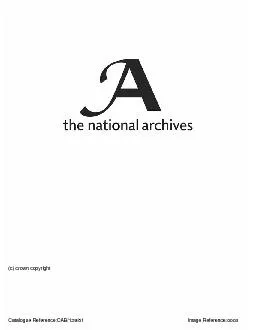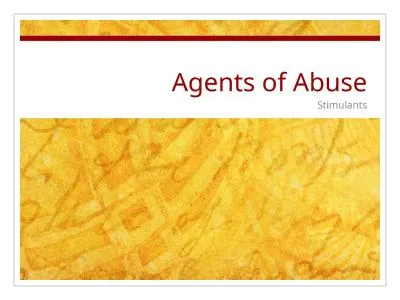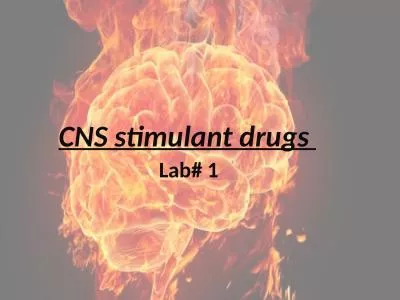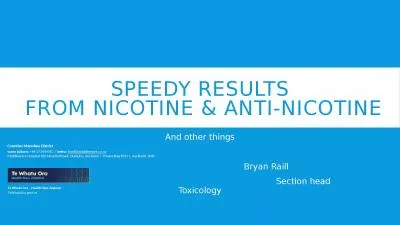PDF-Amphetamine-type-stimulants (ATS) comprise a number of substances unde
Author : olivia-moreira | Published Date : 2015-09-29
69 International Narcotics Control Board INCB Precursors and chemicals frequently used in the illicit manufacture of narcotic drugs and psy Embargoed 20 May 2014
Presentation Embed Code
Download Presentation
Download Presentation The PPT/PDF document "Amphetamine-type-stimulants (ATS) compri..." is the property of its rightful owner. Permission is granted to download and print the materials on this website for personal, non-commercial use only, and to display it on your personal computer provided you do not modify the materials and that you retain all copyright notices contained in the materials. By downloading content from our website, you accept the terms of this agreement.
Amphetamine-type-stimulants (ATS) comprise a number of substances unde: Transcript
Download Rules Of Document
"Amphetamine-type-stimulants (ATS) comprise a number of substances unde"The content belongs to its owner. You may download and print it for personal use, without modification, and keep all copyright notices. By downloading, you agree to these terms.
Related Documents

